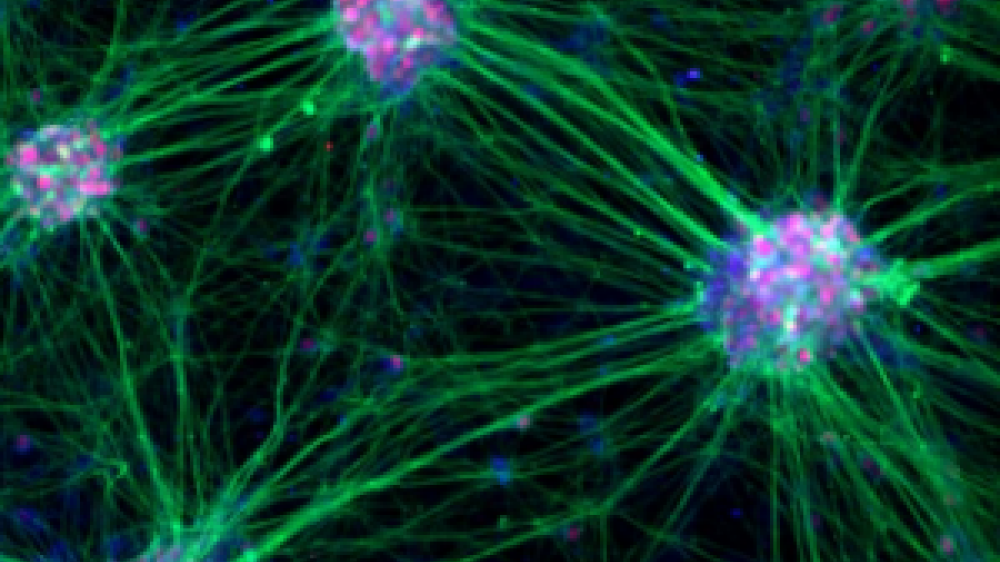Metrion Biosciences joins CRACK IT

Metrion Biosciences Ltd has joined the network of partners involved in the DRGNET CRACK IT Challenge.
The project, headed by the University of Glasgow, aims to enable access to primary human dorsal root ganglion (DRG) neurones for drug target identification and pharmacological testing.
Metrion will be supporting the project as an industrial sponsor, alongside international pharmaceutical company Grünenthal, and will be responsible for the evaluation and functional characterisation of human nerve cells for their possible use in pain research. DRG neurones are a key target for the development of new therapeutics for chronic pain, but currently there is a lack of access to viable human DRG material. As a result, much of the work is carried out in animals (rodent, dog and non-human primate), either in vitro on isolated neurons, or as part of exploratory experimentation in live animals.
A reliable source of human DRG material would allow more physiologically relevant information to be generated for drug target identification and drug discovery, thereby reducing the use of animals in the field of chronic pain research. The DRGNET Challenge aims to put in place a system where high quality and viable DRG neurones can be supplied to both industrial and academic researchers.
This opportunity recognises the extensive academic expertise of Metrion’s staff in the neuroscience field, and in particular in the application of their knowledge to develop high quality neuronal cell assays that have helped progress several preclinical and clinical drug discovery programs.
Dr Vicky Robinson, NC3Rs Chief Executive said: “We are delighted that Metrion has joined the DRGNET CRACK IT Challenge. The expertise and experience that Metrion brings to the Challenge in validating the human DRG neurones, in addition to that already provided by Grünenthal, is critical to the success of the programme and ultimately the provision of a new resource for industry and academic scientists that allows them to reduce the use of animals in pain research and drug development.”
Read the full press release here.
